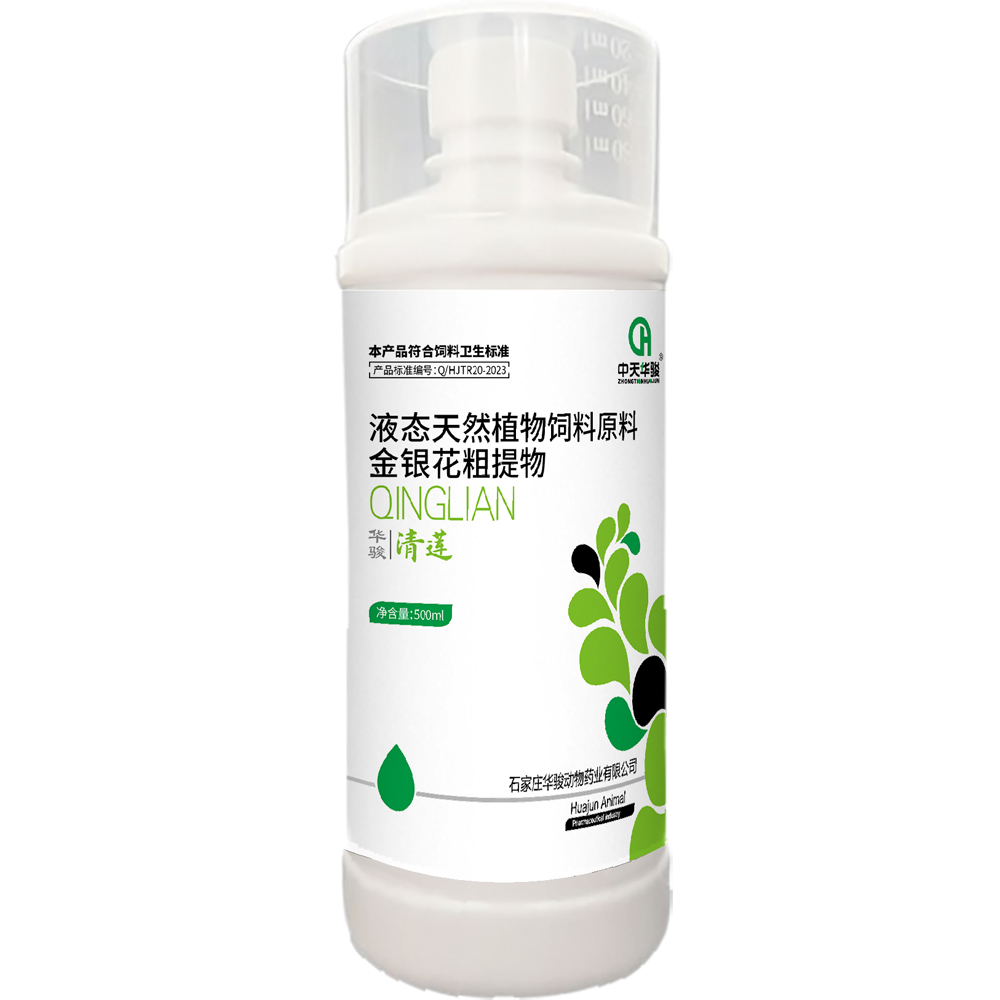
Сен . 26, 2024 02:14 Back to list
tylosin for poultry factories
Tylosin for Poultry Benefits, Usage, and Considerations
Tylosin is a macrolide antibiotic commonly used in veterinary medicine, primarily in the poultry industry. It is derived from the bacterium *Streptomyces fradiae* and has gained prominence for its ability to control various infections and improve animal health. This article explores the benefits, usage, and considerations surrounding tylosin for poultry factories.
Background on Tylosin
Tylosin was first introduced in the 1950s as a treatment for livestock infections. It works by inhibiting bacterial protein synthesis, effectively halting the growth of certain gram-positive bacteria, and some gram-negative bacteria. In poultry, tylosin is primarily used in the prevention and treatment of respiratory diseases, enteritis, and infections caused by organisms such as *Mycoplasma gallisepticum*, which can lead to significant health issues in birds.
Benefits of Tylosin in Poultry Farming
1. Disease Management Tylosin is highly effective in managing bacterial infections in poultry. It is particularly beneficial in combating mycoplasmosis, a disease that leads to respiratory problems and reduced growth rates. By mitigating these infections, producers can improve the overall health and productivity of their flocks.
2. Enhanced Growth Performance The use of tylosin in poultry feed is associated with improved growth rates and feed conversion efficiency. The antibiotic helps birds utilize feed more effectively, leading to better weight gain and reduced feed costs — a significant advantage for poultry producers looking to maximize profitability.
3. Reduced Mortality Rates By controlling bacterial infections, tylosin can lead to lower mortality rates in affected flocks. Healthy birds are less likely to succumb to disease, which translates into a more robust production output.
4. Improved Meat Quality The overall health of poultry directly affects the quality of the meat produced. Tylosin's role in maintaining flock health contributes to producing high-quality meat products that meet consumer expectations.
tylosin for poultry factories

Usage Guidelines
Tylosin is typically administered through feed or water, with dosages varying based on the specific disease being treated or prevented, as well as the age and weight of the poultry. It is important for poultry producers to adhere to veterinary guidelines when using tylosin to ensure appropriate dosages and to prevent the development of antibiotic resistance.
Withdrawal Period and Safety Considerations
One critical aspect of using tylosin in poultry production is the withdrawal period — the time that must pass after administration before the meat can be processed for human consumption. Poultry producers must ensure they follow these guidelines strictly to avoid residues in meat products, which can pose health risks to consumers and are subject to regulatory scrutiny.
Resistance and Regulation
Like all antibiotics, the use of tylosin raises concerns regarding antibiotic resistance. Overuse or misuse of antibiotics in poultry can lead to the development of resistant strains of bacteria, which could pose a risk to animal and human health. Therefore, responsible usage, including periodic veterinary assessments and adherence to prescribed dosages, is crucial.
Many countries have established regulations governing the use of antibiotics in livestock. Poultry producers should stay informed about these regulations to ensure compliance and promote safe production practices.
Conclusion
Tylosin remains a valuable tool in the poultry industry, effectively managing diseases, improving growth performance, and enhancing meat quality. However, its use comes with responsibilities. Producers must be diligent in adhering to guidelines, considering the implications of antibiotic resistance, and ensuring the safety of their products. By balancing the benefits of tylosin with prudent management practices, poultry factories can promote optimal health and productivity while safeguarding public health.
-
Top Vitamin C Factory | AI-Powered with GPT-4 Turbo
NewsAug.04,2025
-
Immunovital Fish Feed Factory | AI-Optimized Nutrition
NewsAug.03,2025
-
Quality Bacillus Coagulans BC30 Factory - Expert Production
NewsAug.02,2025
-
China Salivation AI with GPT-4 Turbo Features
NewsAug.01,2025
-
Epic Sepsis Factories: AI-Driven Detection with GPT-4 Turbo
NewsJul.31,2025
-
Acute Salpingitis and Oophoritis AI Factory
NewsJul.31,2025




